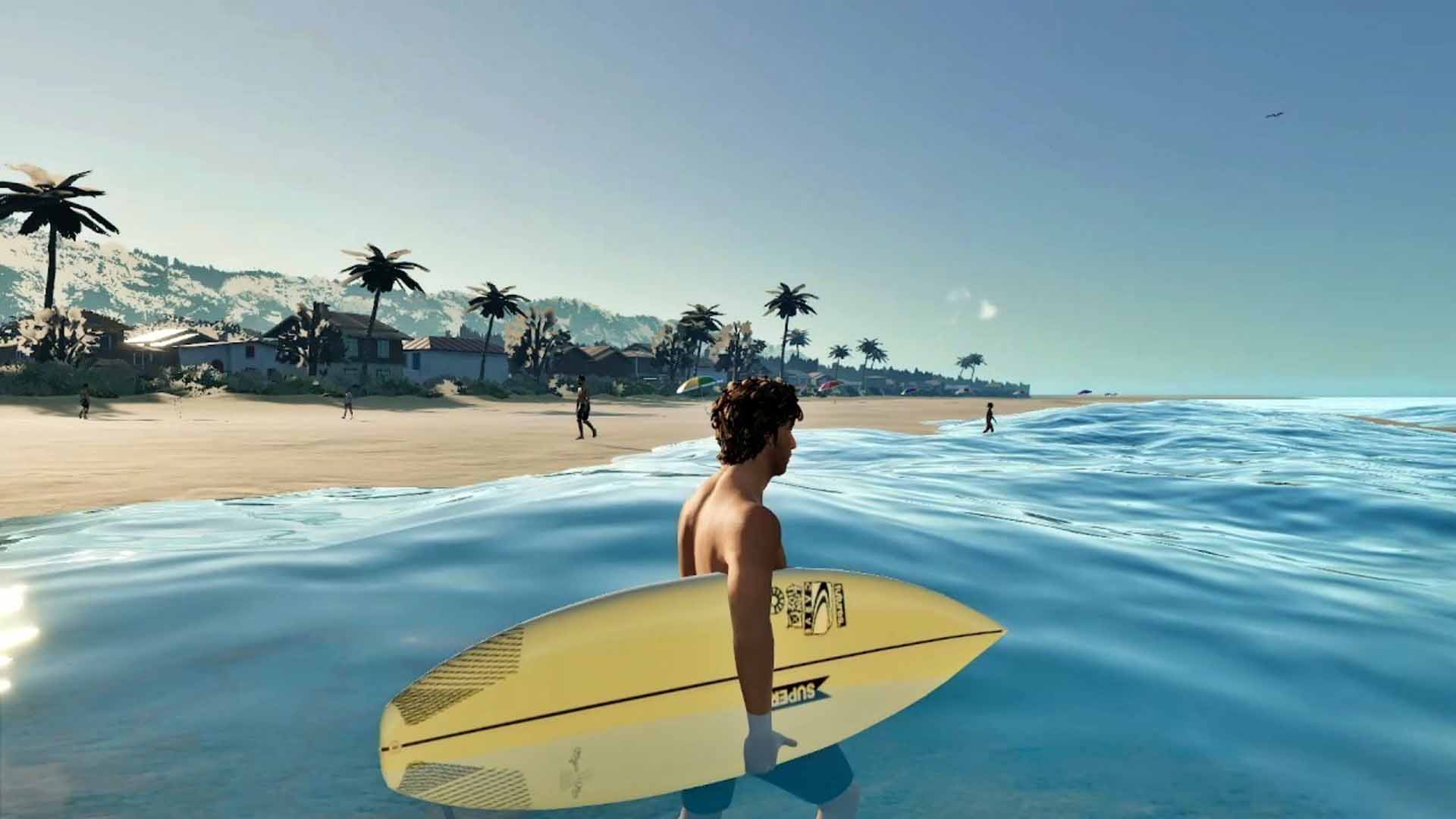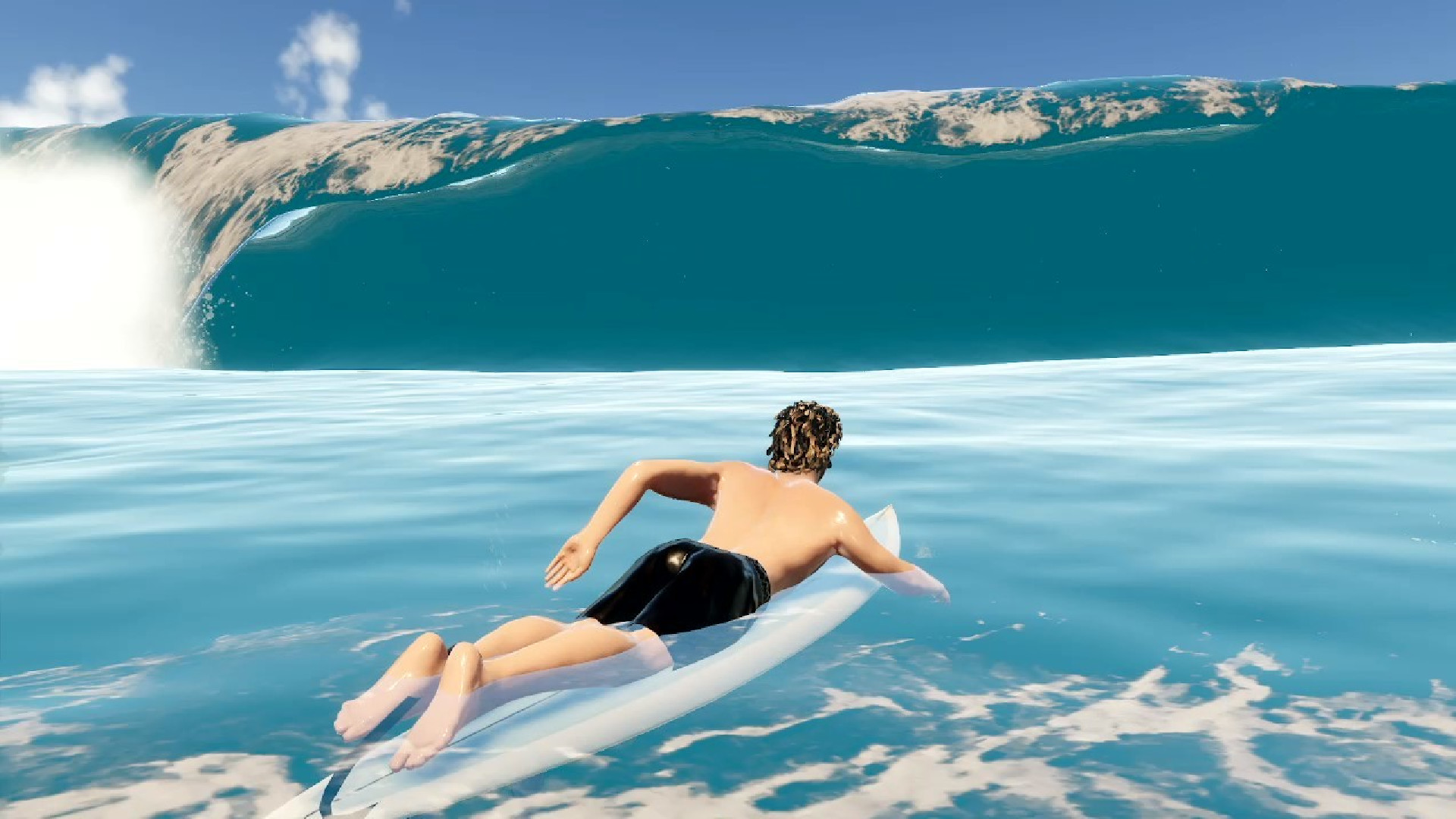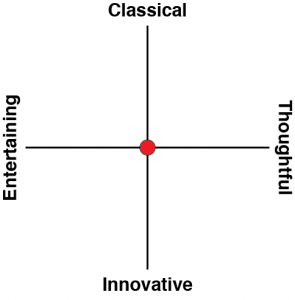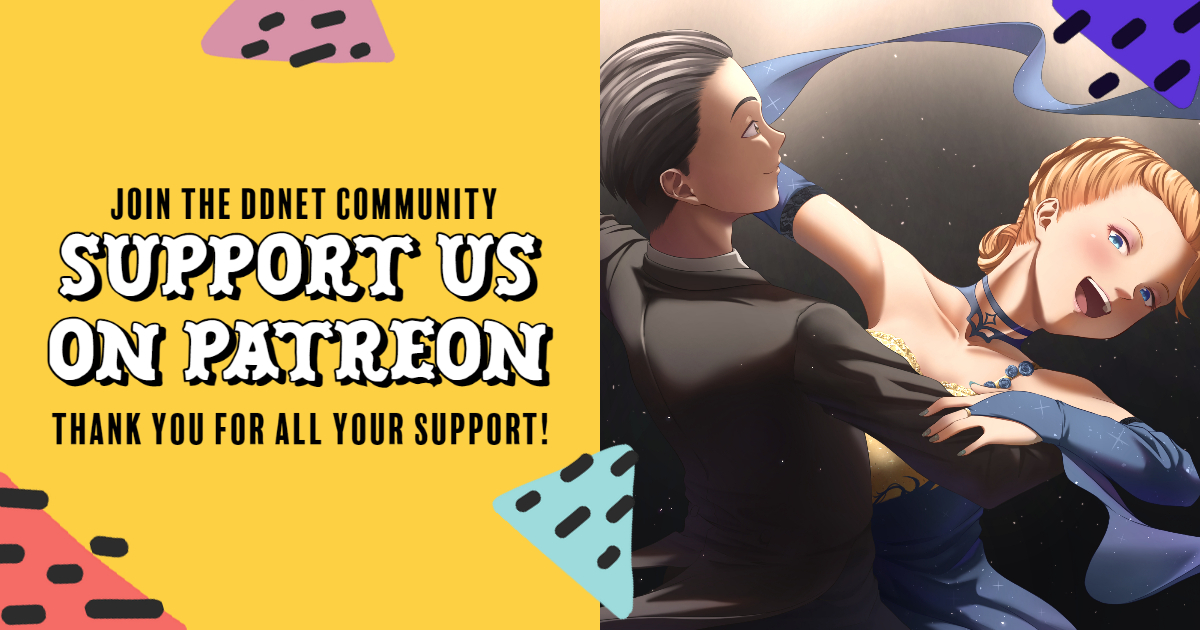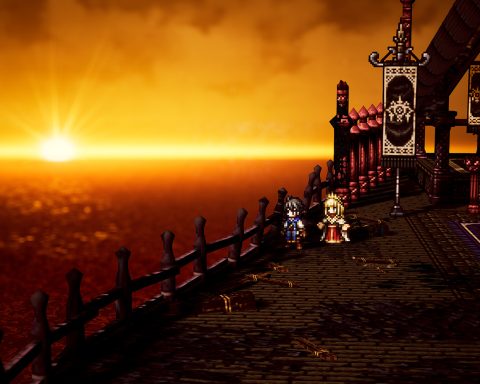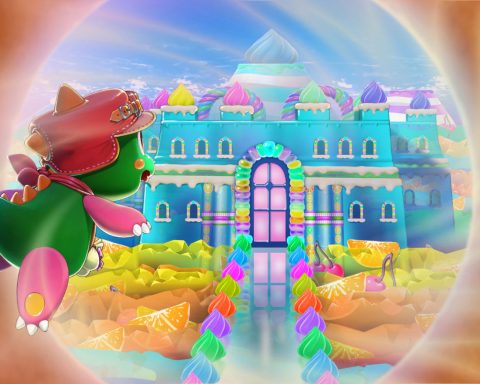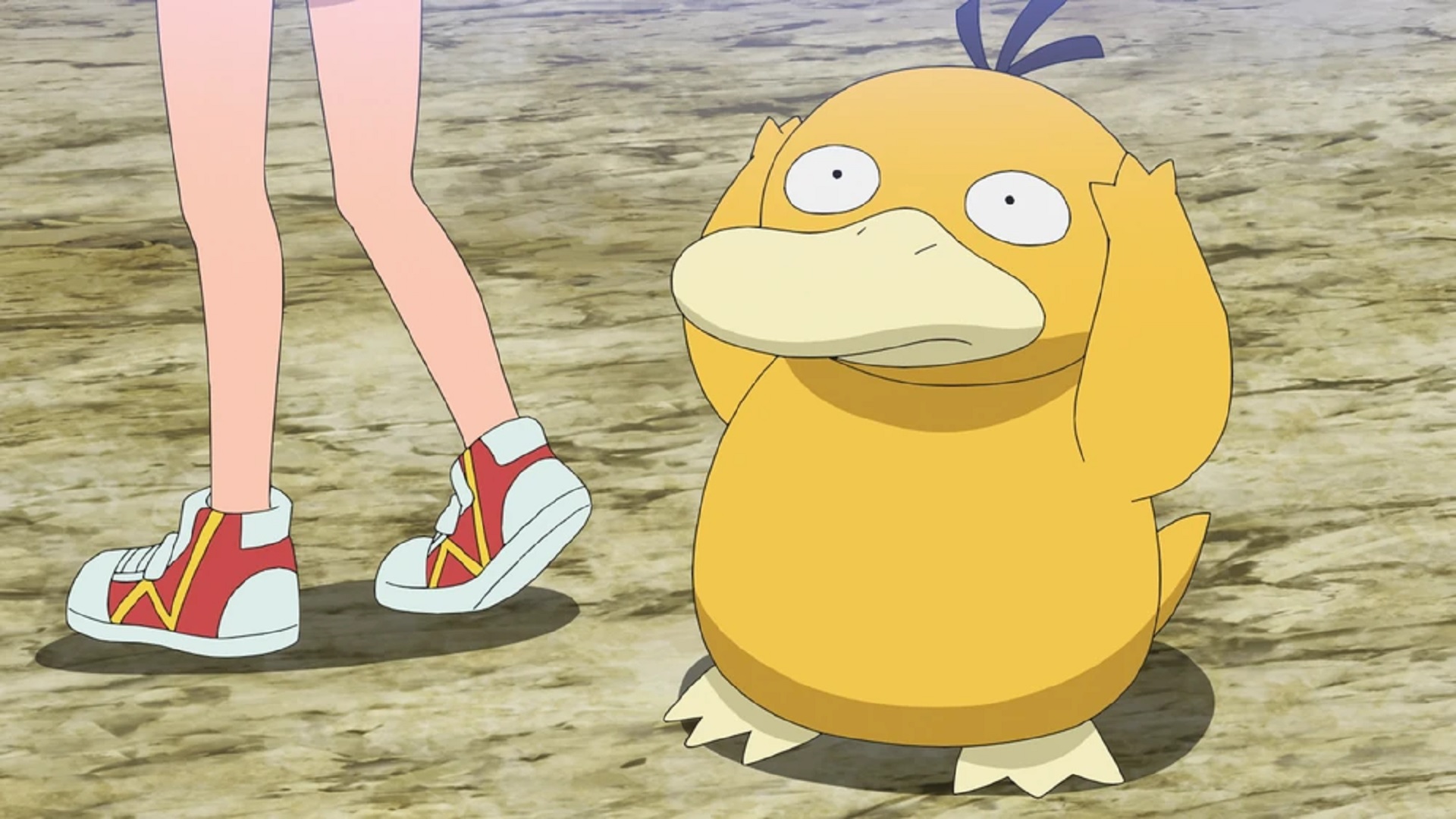Surfing is a messy sport, and not just because you’ll get sand in places where the sun doesn’t shine. Where most sports are defined by the nice, neat rules that humans set down and agree to compete together under, the defining characteristic of surfing is that it’s a battle with nature and nature is chaotic and unfathomably complex. This makes it difficult to replicate in a video game, and Barton Lynch Pro Surfing is a good example of just how difficult it can be.
“Made by surfers, for surfers,” is an admirable tagline for a sport that is very rarely done in video games, and I’m sure that somewhere out there we can find some surfers who have been hanging for a hardcore simulation of their sport. I’m not. I enjoyed watching surfing at the Olympics without really understanding it, but that’s about as far as I’ve gotten with surfing. I, therefore, needed Barton Lynch to guide me through everything, from the mechanics of playing it, to the rules of the sport and a basic idea of the strategy and tactics involved with it.
Barton Lynch does have a lengthy tutorial, though it’s presented in a spectacularly dull form. You get a little text introduction to each mechanic and rule, and then have to do what it says once to pass. The text isn’t helpful for explaining why it would be a bad idea to try and do an aerial move when the wave is behaving a certain way, though. I came out of the tutorial knowing all the buttons I would be pushing, but not really understanding how to read and respond to the state of play, based on the conditions in the ocean. It took a lot of trial and error before I was posting scores that I was even remotely happy about.
In Barton Lynch there are a lot of environmental conditions to manage, and they can have a material impact on how you surf. Water temperature is one, as is wind direction and time of day. Then there are rules about which surfer can take which wave for good (safety) reasons, and finally there’s a scoring system that is… well, esoteric, if you’ve not learned the rules from watching (or participating in) the actual sport. This is not a sport that you can easily pick up from just watching, so for anyone that was thinking of giving this a go to “check out” the sport, I recommend doing a bit of reading and watching first, to get yourself up to speed.
But then the developers probably assumed that the bulk of their audience would be people who understood surfing, and fair enough. However, that makes the other big problem with Barton Lynch all the more significant. Once you know what you’re doing, it’s all too predictable. Waves come in an a reasonably uniform manner, and a reasonably consistent pace. AI opponents would score within a certain window based on the event that you’re doing. You’ll start to find proven methods to scoring, and recreate those “tactics” with each outing. This is a problem, because the skill of surfing is being able to roll with the punches (or waves, in this case) and make the most of wildly divergent situations where from wave to wave the experience will be different every time. In Barton Lynch, the only thing that you need to adapt to is the occasionally wonky camera and inconsistent controls. That’s a fight, to be sure, but the overall vibe of this game is too sterile for the dynamics that I’ve seen every time I have watched surfers do their thing.
There has been a genuine effort to recreate the experience of the surfer professional tour, from your need to manage your calendar, fatigue levels, and sponsorships, and this is impressive for such a small developer. Costs can pile up in surfing, apparently, as boards break and you invest in treatments to keep you in decent condition for the next event. It’s admirable that the developers went to this length, when most niche sports titles have a career mode that is little more than playing event after event, with no meaningful management involved.
Unfortunately the career mode is also so dry and uninspired that it’s impossible to care enough about your athlete’s progress. There’s no narrative, the presentation of the real-world beaches are all so mundane that they’re barely recognisable as the real-world location. It’s also impossible to create a character that doesn’t look stiffer and more plastic than the board they’re surfing on. The character creator is reasonably detailed. It’s just that the underlying character models are uninspired. You would think that surfing being the sport that it is you’d have the opportunity to really glam things up, but no. Alas that’s not to be.
You’ll also need to learn to love the career mode, because that’s all there is to the game. You can do a single session at a particular beach, or even a free surf if you want to, but given that the efforts to recreate the beaches are anything but picturesque, the game really needs the context of the career mode – thin as it is – to give you any reason to play it. There’s also no multiplayer mode whatsoever. You can post your best scores on an online leaderboard, but there’s no direct competition, either online or locally. Realistically speaking that’s probably for the best because Barton Lynch is far too complex and frustrating to newcomers to make for a pick-up-and-play experience, but then the tiny niche audience that will buy into this would likely have valued the opportunity to compete with one another and, with no way for a community to form around it, the shelf life of Barton Lynch (and the length it will remain on most people’s console’s hard drive) is vanishingly thin.
There will be a very small audience for Barton Lynch Pro Surfing. People who want an effort to build an accurate and serious simulation of the sport will likely find something admirable about the attempt. As limited as it is, there has been a real and genuine effort to create something authentic. However, as the first effort at a proper surfing game in quite some time, I would hazard a guess that even the hardcore surfers would have just liked something fun to play, even if the developers dialled back the attempt at realism just a tad.
